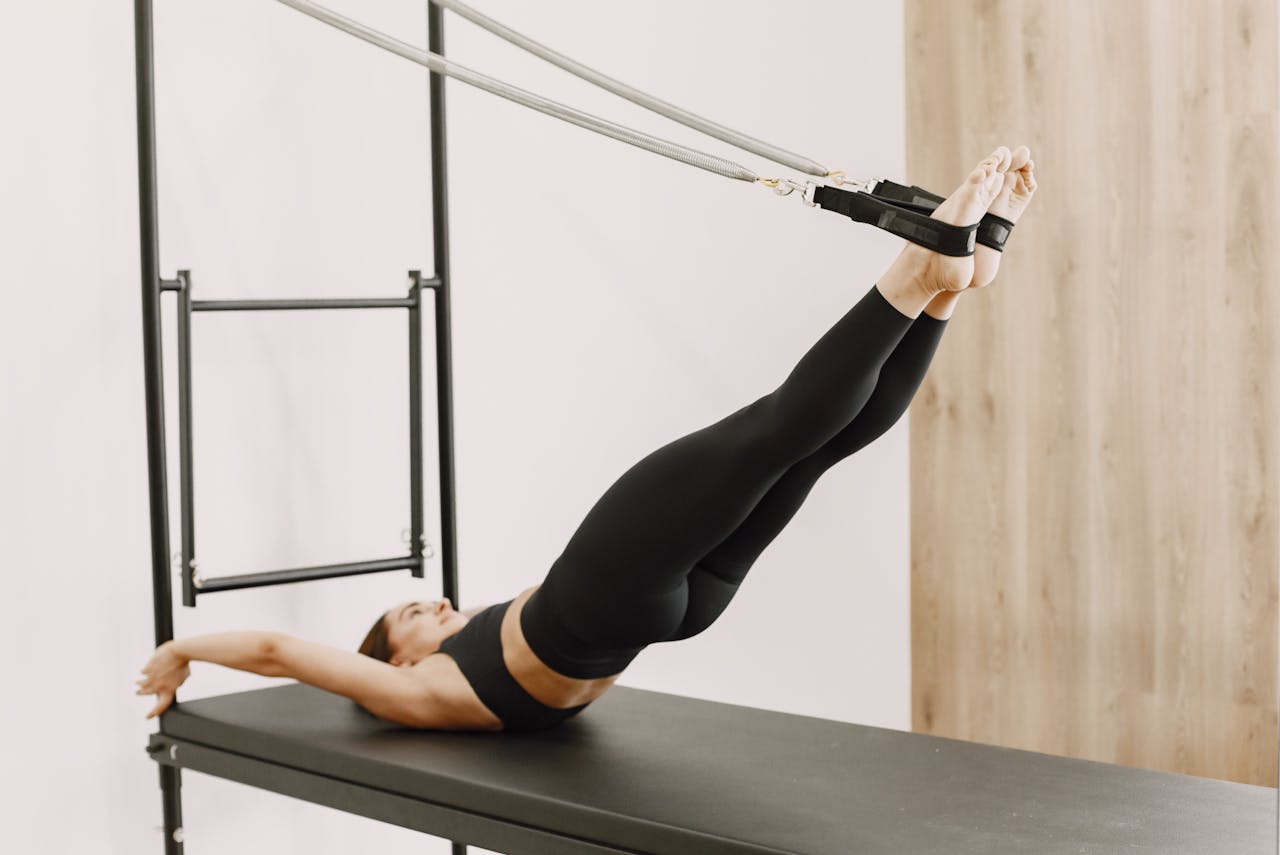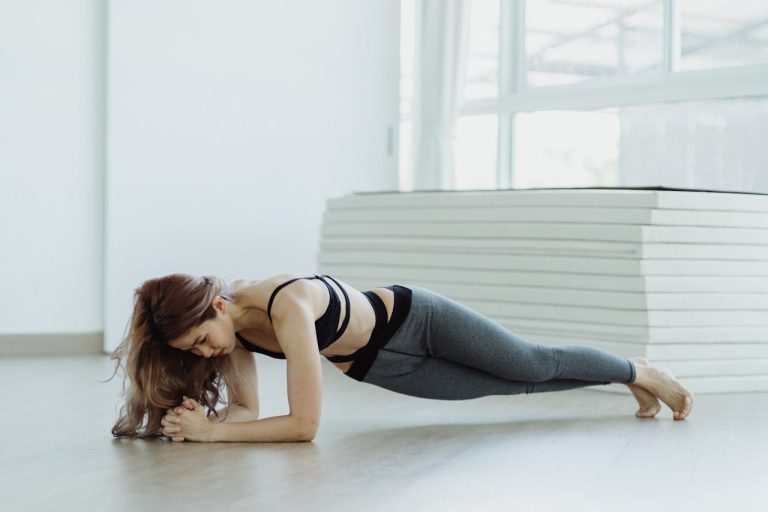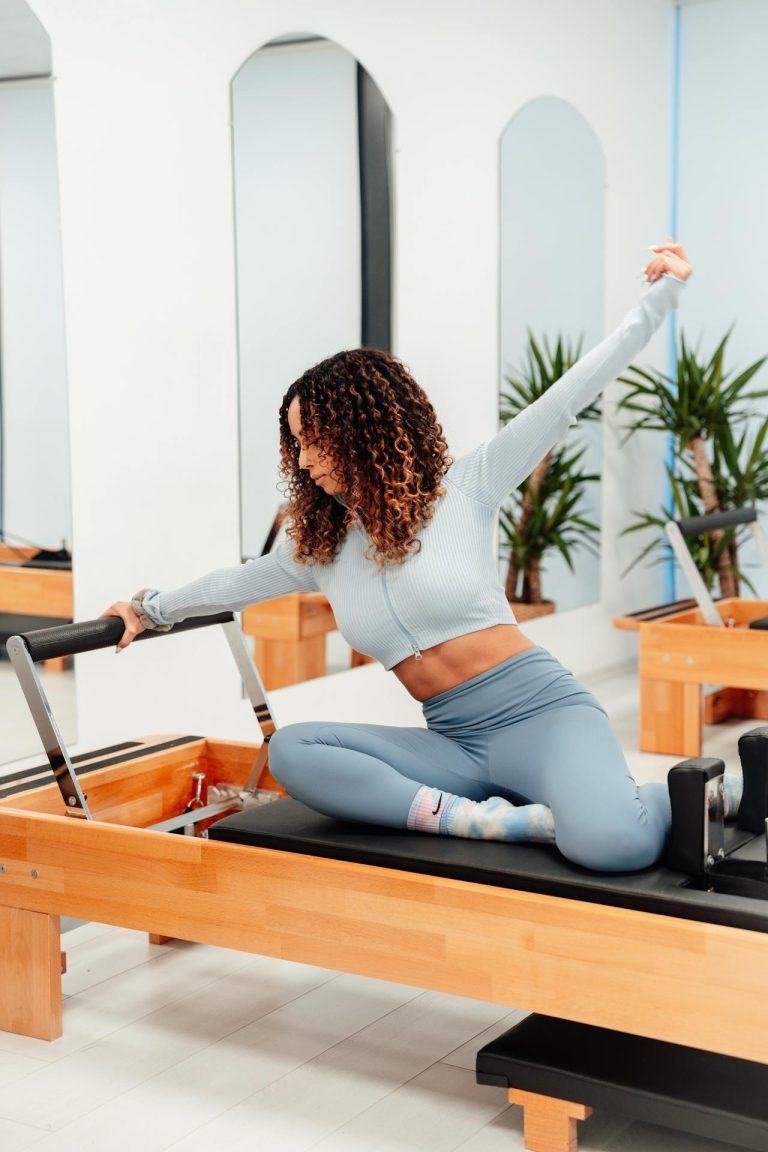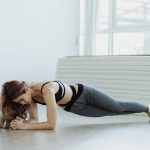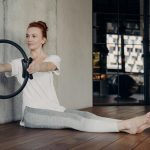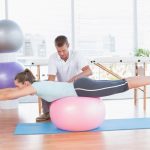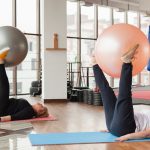Let’s be real for a second: most of us spend way too much time sitting. You know the drill—coffee in the morning, then hunching over your laptop, maybe shifting from desk chair to kitchen table to couch, and then, if you’re like me, ending the night slumped in front of Netflix. Rinse and repeat. It’s not just you; it’s modern life. But here’s the kicker—our bodies weren’t built for this much sitting, and eventually, they let us know.
Maybe you’ve noticed your neck getting stiff, your shoulders feeling like they’re permanently up by your ears, or your back sending you angry signals every time you try to stand up. Ever tried to touch your toes and realized you’re as flexible as a wooden spoon? Yeah, me too.
You’ve probably heard that “sitting is the new smoking.” It sounds dramatic, but there’s real truth there. Prolonged sitting has been linked to all kinds of unpleasant things—tight hips, weakened glutes, bad posture, and even long-term health risks. But don’t worry, this isn’t a doom-and-gloom lecture. Because here’s the good news: you don’t need a fancy gym membership or hours of free time to start undoing the damage. In fact, just a few minutes of focused Pilates each day can help reverse the aches and pains that come with sitting all day.
Let’s dive into why sitting wrecks your body, how Pilates can help, and the simple moves you can sneak into your day—even if you’re chained to your desk.
Why Sitting Hurts (and How to Notice the Signs)
First, let’s break down what’s actually happening in your body when you sit for long stretches.
1. Tight Hips and Hamstrings
When you sit, your hip flexors (the muscles at the front of your hips) and your hamstrings (the backs of your thighs) are shortened for hours. Over time, they get used to that position, and stretching them out again becomes harder and harder. That’s why after a long meeting or a work marathon, your hips feel tight and your legs might ache.
2. Weak Glutes and Core
Your glutes—your biggest, strongest muscles—go completely offline when you’re sitting. If you’re not using them, you’re losing them. The same goes for your core. Weak glutes and core muscles mean your lower back and hips have to pick up the slack, leading to pain and bad posture.
3. Rounded Shoulders and Neck Strain
Chances are, your desk setup isn’t perfect. Maybe you’re hunched forward, peering at a tiny screen, or cradling your phone between your ear and shoulder. Over time, your chest muscles tighten and your upper back weakens, pulling your shoulders forward and straining your neck.
4. Back Pain and Stiffness
All of the above adds up to a back that feels stiff, sore, or even painful by the end of the day. When your posture slips, your spine pays the price. You might notice it when you stand up, or after a day when you barely moved.
5. The Slump Effect
It’s not just physical. When your body slumps, your mood can slump too. Studies show that poor posture can make you feel more tired and even affect your confidence and mood.
Sound familiar? Don’t beat yourself up. Nearly everyone with a desk job (or a laptop habit) struggles with this. But it’s not permanent—and you don’t need to overhaul your entire day to fix it.
Why Pilates Is the Secret Weapon for Desk Workers
Here’s why Pilates works so well: it focuses on small, controlled movements that wake up the exact muscles sitting puts to sleep. Pilates is all about core stability, flexibility, and mindful movement—basically, it’s the antidote to desk posture.
Even better, you don’t need special gear or an hour-long routine. You can do these moves in your work clothes, right next to your desk, in just a few minutes at a time.
Let’s get into the moves!
5 Essential Desk Pilates Moves
You don’t need to do all of these every day—mix and match, or pick your favorites. The more consistently you do them, the more you’ll notice a difference.
1. Seated Spine Stretch
Why: This move helps reset your spine, lengthen your back, and counteract that forward hunch.
How to do it:
- Sit tall in your chair, feet flat on the floor, hands resting on your knees.
- Take a deep inhale, lengthen your spine.
- As you exhale, slowly round your spine forward, letting your head and neck relax and your hands slide toward your shins.
- Hold for a breath, then inhale as you roll back up, stacking your spine one vertebra at a time.
Repeat: 6–8 times.
Tip: Go slow. The movement is gentle but powerful.
2. Shoulder Blade Squeezes
Why: Sitting makes our chest muscles tight and our upper back weak. This move helps reactivate those neglected back muscles.
How to do it:
- Sit or stand tall.
- Draw your shoulder blades back and down, as if you’re trying to squeeze a pencil between them.
- Hold for 5 seconds, then release.
Repeat: 10–12 times.
Tip: Avoid shrugging your shoulders up—keep them relaxed and away from your ears.
3. Hip Flexor Release
Why: Opening up the hips is crucial for anyone who sits a lot. This move stretches the front of your hips and encourages better posture.
How to do it:
- Stand and take a step back with your right foot.
- Bend your left knee (like a lunge) while keeping your right leg straight behind you.
- Tuck your pelvis under slightly and feel the stretch in the front of your right hip.
- Raise your right arm overhead for a deeper stretch, and hold for 20–30 seconds.
- Switch sides.
Repeat: 2–3 times each side.
4. Seated Core Twist
Why: Twisting restores spinal mobility and wakes up your obliques (side core muscles), which get lazy when you’re sitting.
How to do it:
- Sit tall, feet flat.
- Cross your arms over your chest or hold the arms of your chair.
- Inhale to lengthen your spine, then exhale and twist your torso to the right.
- Hold for a breath, then return to center and twist left.
Repeat: 5 times each side.
Tip: Move from your ribcage, not just your shoulders or arms.
5. Standing Roll Down
Why: This classic Pilates move gently stretches your whole back and releases tension from your neck to your hamstrings.
How to do it:
- Stand with feet hip-width apart, arms by your sides.
- Inhale deeply.
- As you exhale, tuck your chin to your chest and slowly roll your spine down, one vertebra at a time, letting your arms hang heavy.
- Pause at the bottom, letting your head and neck relax.
- Inhale, then exhale and slowly roll back up, stacking your spine.
Repeat: 5–7 times.
How to Fit These Moves Into Your Day
Even the best exercises won’t help if you never do them! Here’s how to make these moves part of your daily routine, even if you’re swamped:
1. Set Micro-Break Alarms:
Use your phone or computer to remind you every hour to take a 2-minute stretch break. Treat it like a meeting with your body.
2. Sneak Moves Into Calls:
On long Zooms, do a few shoulder blade squeezes or spine stretches. No one will notice—and your body will thank you.
3. Pair With Other Habits:
Do a roll down every time you refill your water bottle. Try a hip flexor release after every bathroom break.
4. Create a Mini-Routine:
Bookmark this article or print the moves and keep them on your desk. Set a time—maybe right after lunch or before you pack up for the day—to do all five moves in order.
Read Also: Is Pilates Good for Weight Loss? Here’s What You Need to Know
Extra Desk Worker Tips (Beyond Pilates)
Pilates is a powerful tool, but combine it with these simple habits for even better results:
- Adjust Your Chair: Your feet should be flat, your knees at a 90-degree angle, and your screen at eye level.
- Mix Up Your Position: Try standing for calls, or use a standing desk if you can.
- Move More, Sit Less: Walk around during breaks, stretch while your coffee brews, or stand up whenever you check your phone.
- Stay Hydrated: Dehydration makes muscles tighter and fatigue worse.
- Focus on Posture: Every so often, check in with yourself. Are your shoulders up by your ears? Is your chin jutting forward? Reset!
Desk Detox Challenge: One Week to a Happier Body
Ready to see if this actually works? Try this simple Desk Detox Challenge:
- Day 1: Do two moves, once in the morning and once in the afternoon.
- Day 2: Add a third move.
- Day 3: Try the full five-move routine once, plus one bonus stretch.
- Days 4–7: Mix and match moves throughout the day, aiming for at least 10 minutes total.
Keep a journal. Note how your body feels at the end of each day. Is your neck looser? Back less stiff? Are you standing taller? Most people notice real changes within a week, especially if you’re consistent.
Real Talk: Why Most People Quit (and How Not to)
Let’s get honest for a second—most of us start out strong with new routines, but by the end of the week, we’ve forgotten. That’s normal! The trick is to make these moves so easy and automatic, you don’t need motivation.
If you miss a day, who cares? Pick it up tomorrow. Even one or two stretches are better than nothing. The key is progress, not perfection.
If you work from home, get your family or roommates involved. I once taught my toddler to do a “spine stretch” with me. It was chaos, but at least we were moving together.
If you’re in an office, rope in a coworker or put a sign on your desk: “Taking a stretch break—join me!” It might feel silly at first, but your body (and your future self) will thank you.
Final Thoughts: Your Body Was Built to Move
At the end of the day, our bodies are amazing—they adapt to what we do most. If you sit all day, your body will become good at sitting. If you move, stretch, and pay attention to posture, your body will reward you with more energy, less pain, and even a better mood.
You don’t have to overhaul your whole life. Just start with one move. Add another. Make it a habit. In a week or two, you might find yourself feeling taller, looser, and way more alive.
So next time you catch yourself slumping at your desk or rubbing your aching back, remember: you’re only a few Pilates moves away from feeling better.
Here’s to a happier, healthier you—right at your desk.

